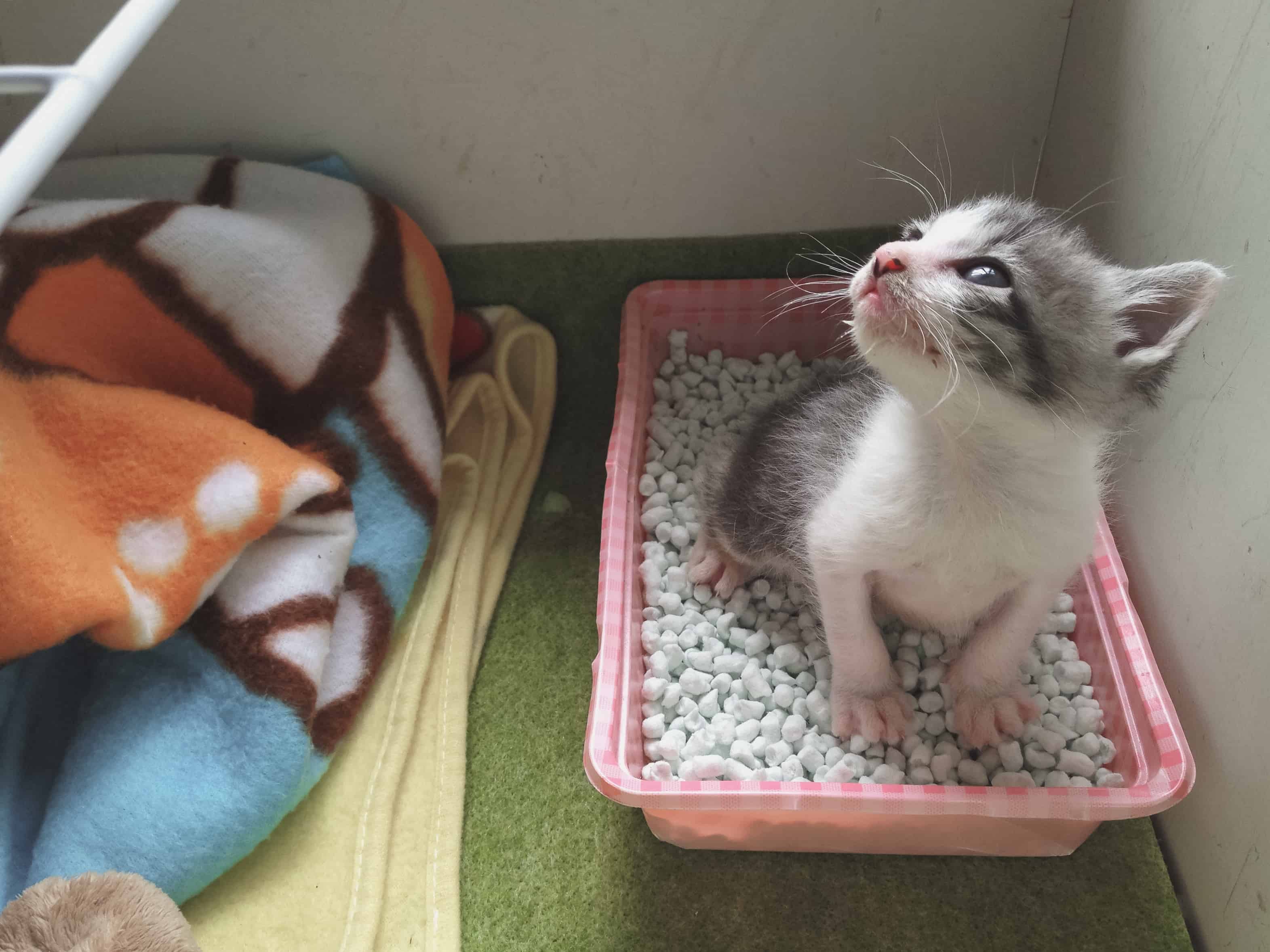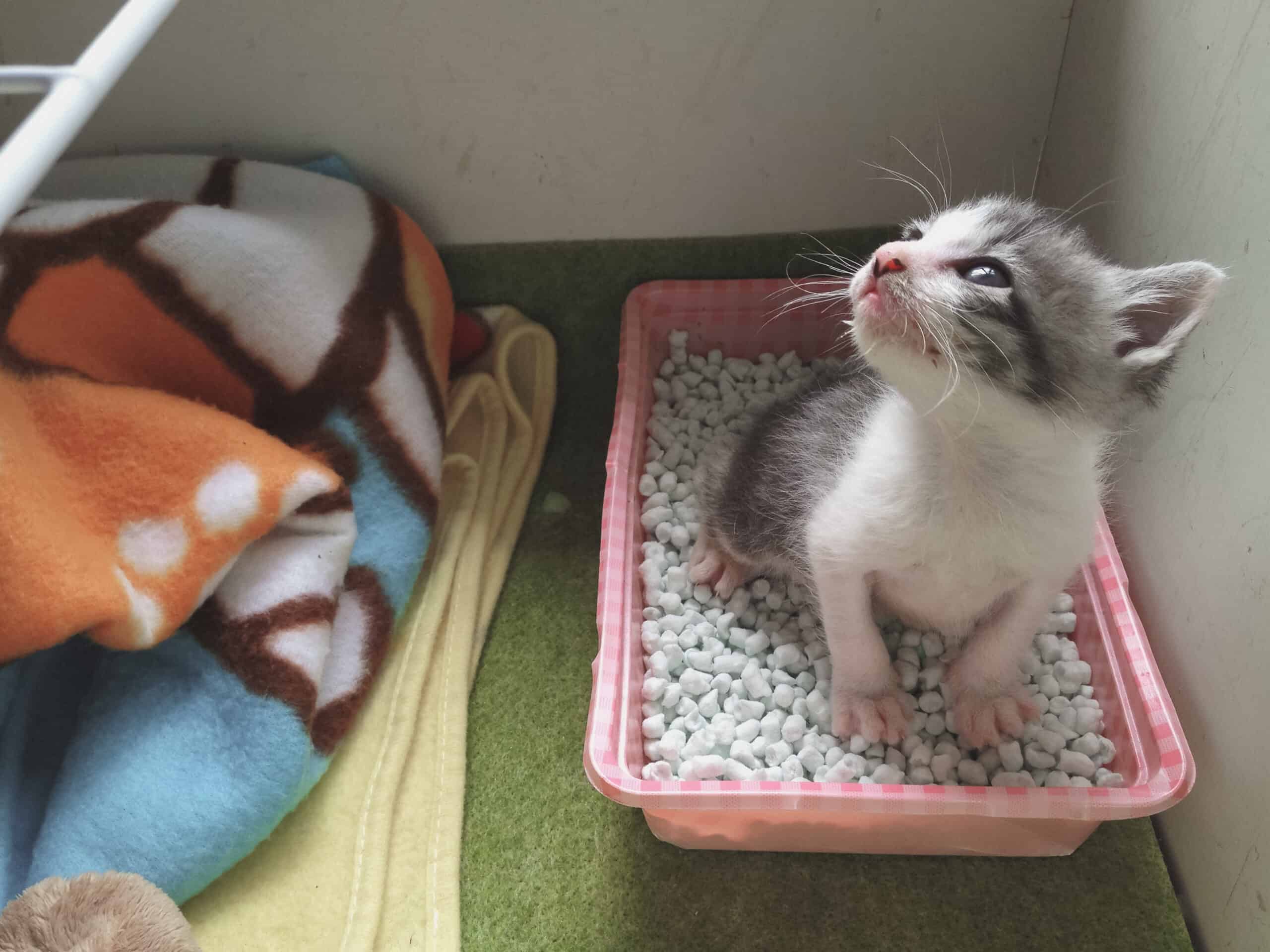Successful Litter Box Training (and What to do When Fluffy Won’t Go)
 For some, introducing the litter box to a new feline is a dream come true. However, for all the cats who answer nature’s call easily in the provided box, there are others who struggle with litter box training. Whether you think it’s aggravating or confusing, this is one thing that must be dealt with to ensure a happy, healthy, odorless home.
For some, introducing the litter box to a new feline is a dream come true. However, for all the cats who answer nature’s call easily in the provided box, there are others who struggle with litter box training. Whether you think it’s aggravating or confusing, this is one thing that must be dealt with to ensure a happy, healthy, odorless home.
Nothing Worse
Aside from finding vomit or a hairball inside your home, noticing that your cat urinated or defecated outside the litter box tops the list for shock and dismay. One of the best things you can do for your cat is to introduce him or her to the litter box using the following tips:
- A kitten as young as 4 weeks old can be introduced to litter box training.
- After a scheduled meal, take your cat or kitten to the location of the litter box. A quiet place away from foot traffic and noise is best. This area should be separate from your cat’s eating and drinking bowls.
- Show him or her how to get into the box without being forceful. The box shouldn’t be too high or too deep for your cat.
- Show your feline how to scratch at the litter. Allow for time to inspect, sniff, and turn around before finding the right spot.
- Give him or her privacy (or the illusion of privacy). Offer praise and snuggles after “business” is properly conducted.
- If you notice your cat sniffing around the house and gearing up to make a mess elsewhere, carry him or her immediately to the litter box.
Other Litter Box Training Tips
One of the biggest reasons cats turn their noses up at the box has to do with maintenance. A dirty, smelly, or full box simply will not do. Plus:
- The golden rule is one box per cat, plus one more. If your house has more than one level, have a box on each.
- Either scoop the litter each time your cat visits the box or set a time each day that you clean it out.
- Empty all litter and wash the box once a week.
- Vacuum around the box to help keep those kitty paws nice and clean.
- Do not change up your cat’s litter. Stick to the type and brand that has proven results.
- Try not to cover up the scent of your cat’s litter box and surrounding area with strong sprays or chemical cleaners. Feliway has shown positive results, however.
- Do not scold or punish your cat if litter box training goes awry. A calm, encouraging voice goes a long way toward achieving your goal of relaxing your cat.
When to Seek Help
Certain medical conditions or illnesses may explain why Fluffy won’t use the litter box:
- Urinary tract infections
- Diabetes
- Colitis
- Hyperthyroidism
- Inflammatory bowel disease
- Arthritis
- Constipation
- Anal sac disease
- Kidney or liver disease
All of these conditions warrant veterinary attention. If you notice your cat straining or crying when it’s time to go, please call us immediately.
Always Here for Your Cat
Certain changes in household dynamics may also add to your cat’s stress or behavior, further derailing litter box training. Divorce, moving, a new baby, loss of caretaker, etc. can trigger litter box aversion. However, with support and understanding, we can get your cat back on track. Please contact us with any questions or concerns. Good luck!

